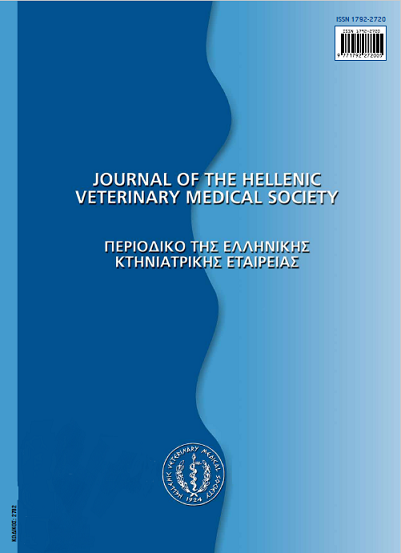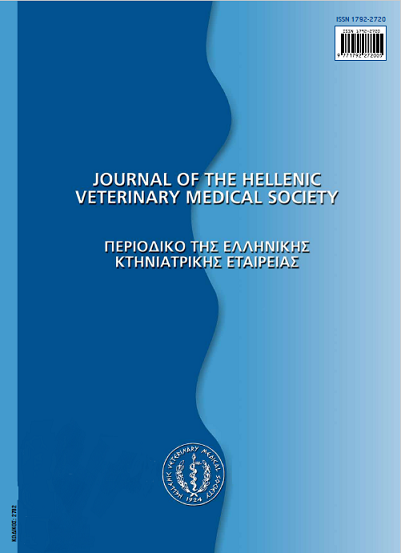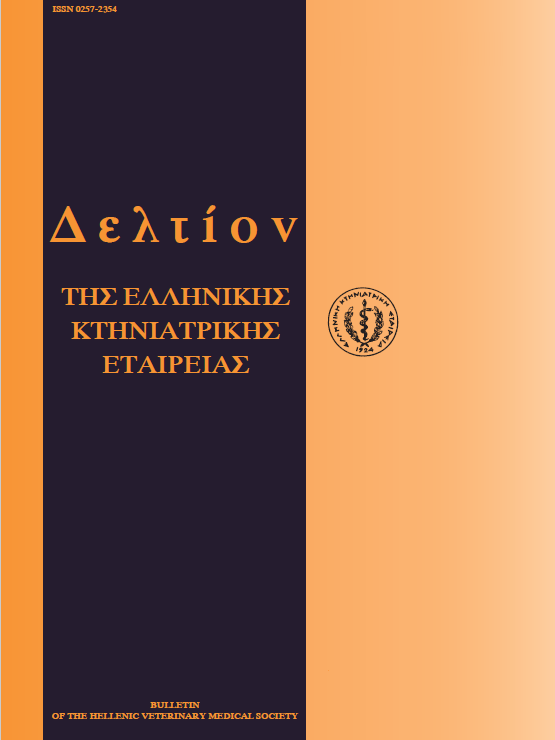Antibodies to chicken anaemia virus (CAV) in poultry reared in our country
Аннотация
Two handred fifty eight serum samples collected from 39 poultry flocks were tested for detecting antibodies to chicken anaemia virus (CAV) by ELISA method. One handred four blood serums were collected from 11 broiler breeder flocks aged 1 day to 9,5 months, 147 from 26 broiler breeder flocks aged 1 to 45 days and 7 from 2 commercial layer flocks aged 4 in 15 days. Antibody to CAV were detected in five broiler breeder flocks aged 70 days, 2,5, 5,5, 6 and 9,5 months respectively and in 15 broiler flocks from which 2 of them aged 1 day and the other 13 flocks aged 8, 15,16, 28, 38, 42, 43 and 45 days respectively. The detection of positive serums supports our clinical observations about the presence of chicken aneamia infection principally in broiler flocks in our country.
Article Details
- Как цитировать
-
GEORGOPOULOU (Ι. ΓΕΩΡΓΟΠΟΥΛΟΥ) J., & IORDANIDIS (Π. ΙΟΡΔΑΝΙΔΗΣ) P. (2018). Antibodies to chicken anaemia virus (CAV) in poultry reared in our country. Journal of the Hellenic Veterinary Medical Society, 48(1), 37–41. https://doi.org/10.12681/jhvms.15792
- Выпуск
- Том 48 № 1 (1997)
- Раздел
- Research Articles

Это произведение доступно по лицензии Creative Commons «Attribution-NonCommercial» («Атрибуция — Некоммерческое использование») 4.0 Всемирная.
Authors who publish with this journal agree to the following terms:
· Authors retain copyright and grant the journal right of first publication with the work simultaneously licensed under a Creative Commons Attribution Non-Commercial License that allows others to share the work with an acknowledgement of the work's authorship and initial publication in this journal.
· Authors are able to enter into separate, additional contractual arrangements for the non-exclusive distribution of the journal's published version of the work (e.g. post it to an institutional repository or publish it in a book), with an acknowledgement of its initial publication in this journal.
· Authors are permitted and encouraged to post their work online (preferably in institutional repositories or on their website) prior to and during the submission process, as it can lead to productive exchanges, as well as earlier and greater citation of published work.












